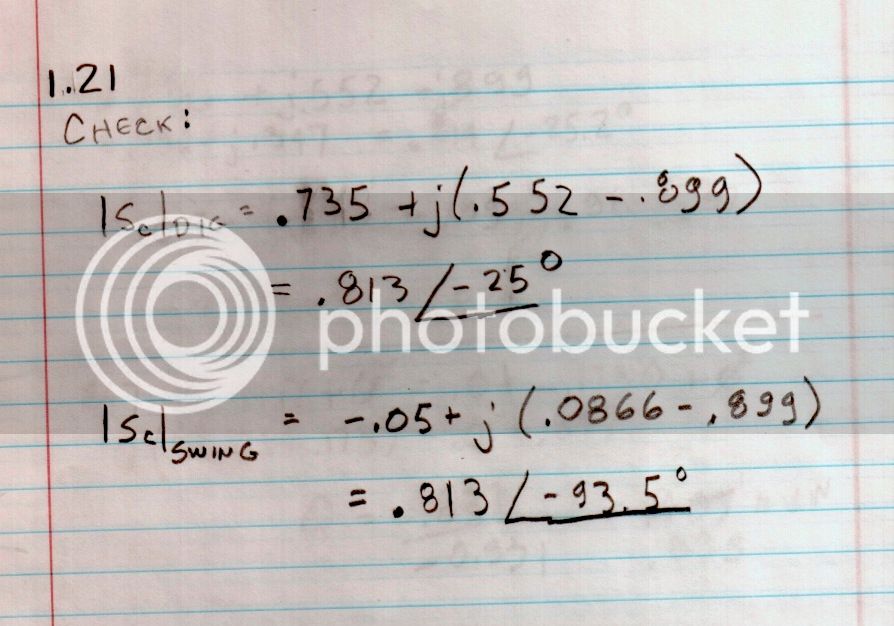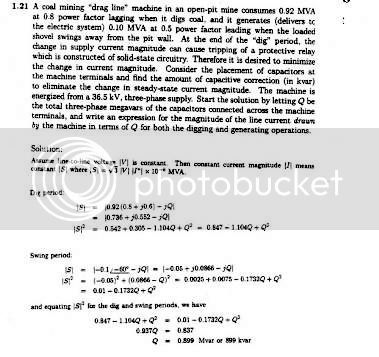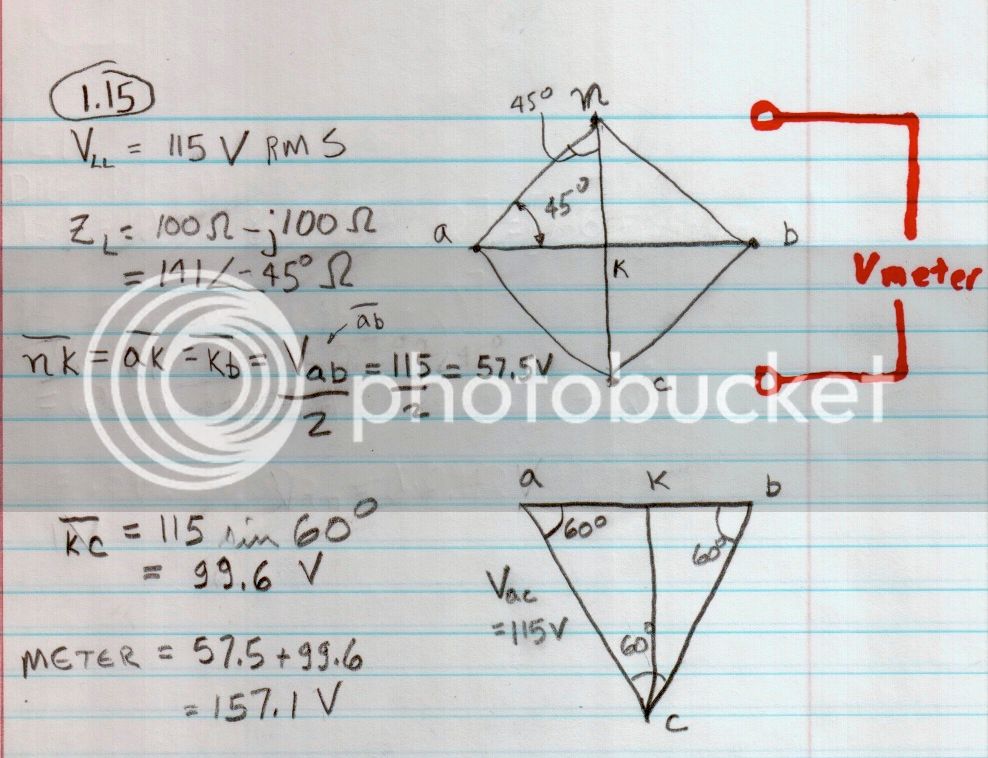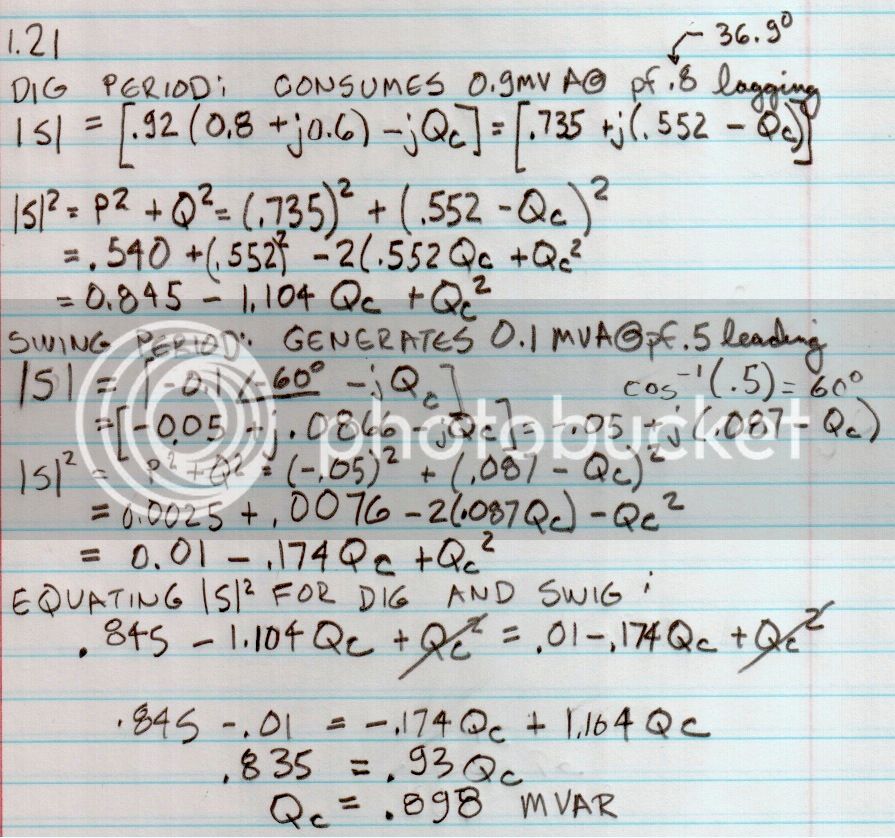kduff70
Well-known member
I was trying to work out two practice problem from Grainger and Stevenson power system analysis book and I cannot figure out how they can up with their solution for problem 1:15 and 1:22 . If any can help explain how they set up these two problems to solve would be a great help. Especially problem 1:22 I could see a problem possibly like this on the test. I have attach the problems
thank you for any help


thank you for any help










